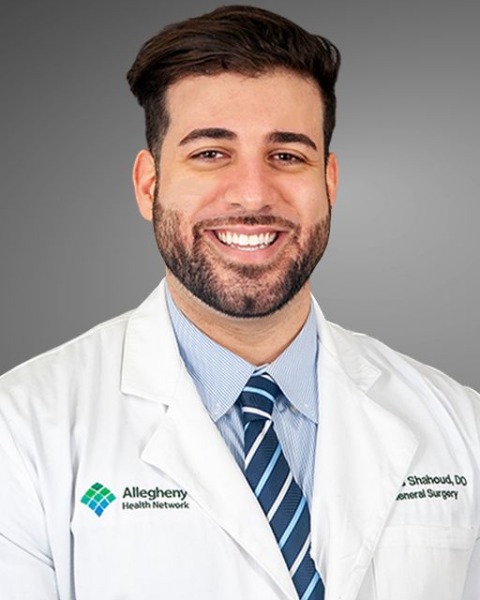Adult Cardiac
Category: Scientific Abstract: Oral/Poster
Ten-year Evolution and Outcomes of Patients Turned Down for Transcatheter Aortic Valve Replacement

James Shahoud, DO
General Surgery Resident
Allegheny General Hospital
Pittsburgh, Pennsylvania, United States
Presenting Author(s)
Disclosure(s):
James Salim Shahoud, DO: No financial relationships to disclose
Purpose: Over the past decade, the transcatheter aortic valve replacement (TAVR) population has undergone significant changes, largely influenced by pivotal trials like PARTNER 2 and 3. We reviewed our patients who were turned down for TAVR and underwent surgical aortic valve replacement (SAVR) to evaluate outcomes and identify trends over eras.
Methods: Patients referred to our institution for TAVR from 2012 to 2022 but ultimately underwent SAVR were analyzed. These patients were divided into three groups based on the PARTNER 2 and 3 trials: high-risk era [05/2012 – 05/2016]; moderate-risk era [05/2016 – 05/2019]; low-risk era [05/2019 – 05/2022]. Baseline characteristics included age, BMI, comorbidities, and STS and EuroSCORE risk assessments. The primary outcomes were reason for TAVR turn-down and 1-year mortality. Secondary outcomes included long-term survival, discharge disposition, and echocardiographic evaluation after surgical aortic valve replacement.
Results: A total of 3729 patients were referred to our institution for TAVR from 2012 to 2022, 2228 underwent TAVR. We conducted an analysis on the 217 patients who were deemed ineligible for TAVR and subsequently underwent SAVR instead. Average age was 71.7 ± 9.1 years old. Average STS score and Euro II score were 2.78 ± 2.46 and 2.46 ± 2.72, respectively. The most common reasons for TAVR turn-down were patients being low-risk (23.3%), concomitant procedure (20.4%), bicuspid aortic valve (19.3%), and annulus size (13.3%). Across eras, fewer patients were turned down for being low risk for surgery and more were turned down for anatomical concerns related to the difficulty of performing TAVR (p=0.015). Over time, patients undergoing SAVR experienced a decreased length of stay (p=0.014), were discharged home more often (p < 0.001), and had a decreased 1-year mortality (p=0.02).
Conclusion: Over the last decade, the demographic of patients who were turned down for TAVR and subsequently underwent SAVR was similar to the TAVR patients in the same era. Despite continuously improving SAVR outcomes, patients are turned down less for being low risk for surgery and more for TAVR-related anatomic concerns. As technology and techniques improve, it is reasonable to suspect that this trend will continue and that there will be even fewer patients requiring SAVR.
Identify the source of the funding for this research project: No funding was required for the study.
